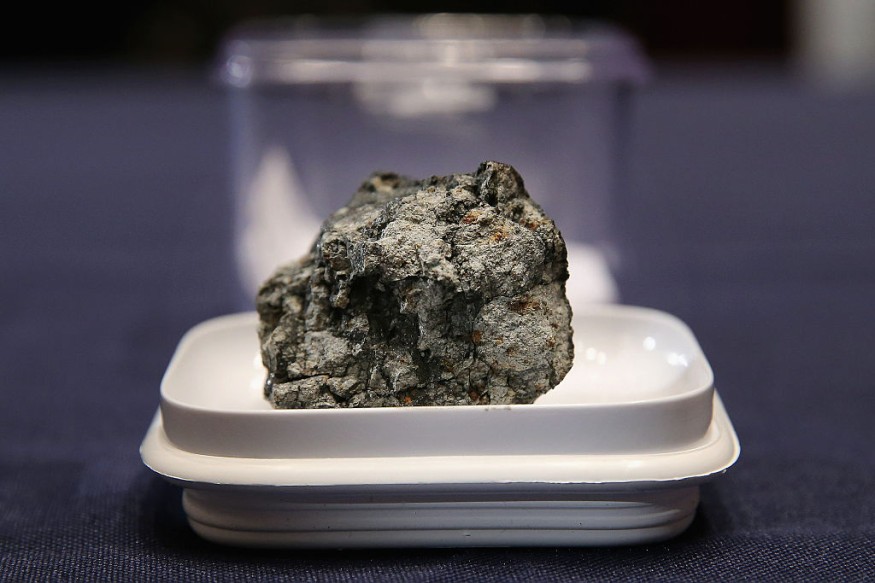
Meteorites have had its fair share of triggering mass extinctions through Earth's history. Its impact generates atmospheric dust and debris covering the Earth's surface, and has long been perceived to have the power to erase life in the entire planet once more, depending on how big it is.
While this is true, a recent study suggests size may not matter as much in determining a deadly meteorite that could bring this kind of possibility, but more on the rock composition that it hits.
A team of researchers from the University of Liverpool and the Instituto Tecnológico y de Energías Renovables, Tenerife with expertise in paleontology, asteroid stratigraphy, mineralogy, cloud microphysics, and climate modeling, seeks to explore how come some meteorites have caused mass extinctions, such as the K/Pg Chixulclub impact that killed off dinosaurs, when larger others have not.
What exactly makes meteorites kill off life on Earth?
"For decades scientists have puzzled over why some meteorites cause mass extinctions, and others, even really big ones, don't," said Liverpool sedimentologist and co-author, Dr. Chris Stevenson, from the University's School of Earth, Ocean and Ecological Sciences. "It's surprising when we put together the data: life carried on as normal during the 4th largest impact with a crater diameter of ~48 km, whereas an impact half the size was associated with a mass extinction only 5 million years ago."
To find out, the team analyzed 44 impacts over the past 600 million years using a new method: assessing the mineral content of the dust ejected into the atmosphere upon impact.
Findings showed that meteorites that hit rocks rich in potassium feldspar, a nonmetallic and common mineral, corresponds to a mass extinction episode, regardless of size.
"Many kill mechanisms have been proposed, such as large volcanic eruptions, but just like meteorites, these don't always correlate with mass extinctions.
"Using this new method for assessing the mineral content of the meteorite ejecta blankets, we show that every time a meteorite, big or small, hits rocks rich in potassium feldspar it correlates with a mass extinction event," Dr. Stevenson said.
A "whole new avenue of research"
So, it is established that meteorite impacts and extinction intensities over the last 600 million years demonstrates that it is not the size of the impact, but the mineral content of the ejecta blanket that correlates between meteorite impacts and mass extinction events. This leaves the team the question: "what exactly kills off life during these episodes, and how long do the potassium feldspar effects last?"
"Until now, only meteorites have changed the aerosol regime of the climate. However, present-day human activities represent a similar mechanism with increasing emissions of mineral aerosols into the atmosphere," Dr. Stevenson added.
In fact, K-feldspar is recognized today as the most important mineral aerosol in the climate, despite its present scarcity.
"The available evidence suggests that, until modern times, only meteorite impacts could change the atmospheric mineralogy with such (geological) suddenness and persistence," the authors wrote.
However, the team noted that anthropogenic activities may represent similar climate forcing with the rapid input of aerosols into the atmosphere that influence cloud dynamics.
© 2025 NatureWorldNews.com All rights reserved. Do not reproduce without permission.





